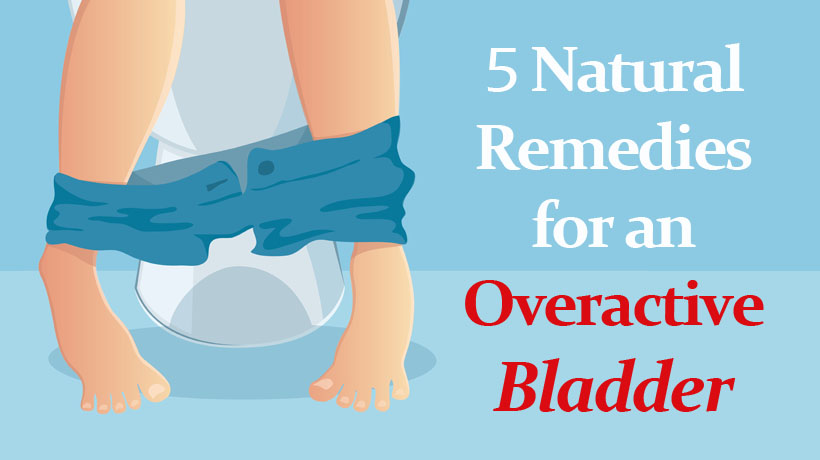If you’re reading this article because Mother Nature calls you way too often, stick around to find out how to block her number when you really don’t feel like talking.
An overactive bladder (OAB) might cause uncomfortable symptoms such as:
- The very frequent urge to urinate
- The inability to hold urine
- Leakage/ loss of bladder control (incontinence)
- The need to urinate throughout the night
Despite most people’s ability to control these symptoms enough to avoid urinating in inopportune situations, OAB is nonetheless a very disruptive and uncomfortable condition.
To help you deal with these aforementioned troubles, here are five natural remedies for your pea-sized bladder.
Scheduled urination
Log your daily urinary habits to figure out how often you go the bathroom each day. If, for instance, you go about every hour, try extending your gaps to an hour and a half and log your progress. Increase your time when you can successfully accomplish your previous goal time.
Buchu (Barosma betulina)
This herbal supplement, a South African remedy harvested from dried leaves of a plant species called barosma, is used to treat a number of other ailments including (but not limited to) kidney and urinary bladder infections, cholera, gout, and bruises. A 2013 review in the journal Reviews in Urology says this treatment shows promise but needs more study to confirm its efficacy. You can find capsules of it at places at retailers.
Corn silk (Zea mays)
This supplement is derived from the waste material of corn cultivation and is native to China and France. It can strengthen the mucous membranes of the urinary tract, and therefore improve the ability to hold urine in for longer, according to a review in the journal Molecules.
Biofeedback
This is a form of therapy in which electrodes are attached to the skin to monitor breathing rate, blood pressure, heart rate and other bodily functions as you attempt to regulate muscle tightening. Usually, patients start to see improvement with regulation within 10 sessions or fewer.
Kegels
Pelvic floor (or Kegel) exercises can help strengthen muscles that regulate urine flow. To perform a Kegel, squeeze the muscles you would normally squeeze to stop your flow for three seconds, and then relax for three seconds. Repeat this contraction anywhere between ten to 15 times per day.
Before you try any of these remedies and methods, consult with your doctor to make sure that they are safe for you.
Sources:
https://www.mayoclinic.org/diseases-conditions/overactive-bladder/symptoms-causes/syc-20355715
https://www.webmd.com/urinary-incontinence-oab/features/herbal-remedies-overactive-bladder#1
https://www.ncbi.nlm.nih.gov/pmc/articles/PMC3821987/
https://www.ncbi.nlm.nih.gov/pmc/articles/PMC6268265/
https://www.medicalnewstoday.com/articles/317091.php
https://wa.kaiserpermanente.org/kbase/topic.jhtml?docId=hw220056



